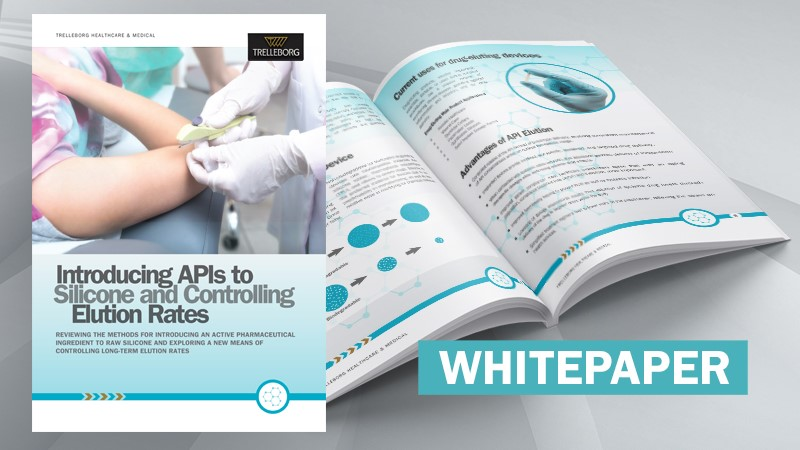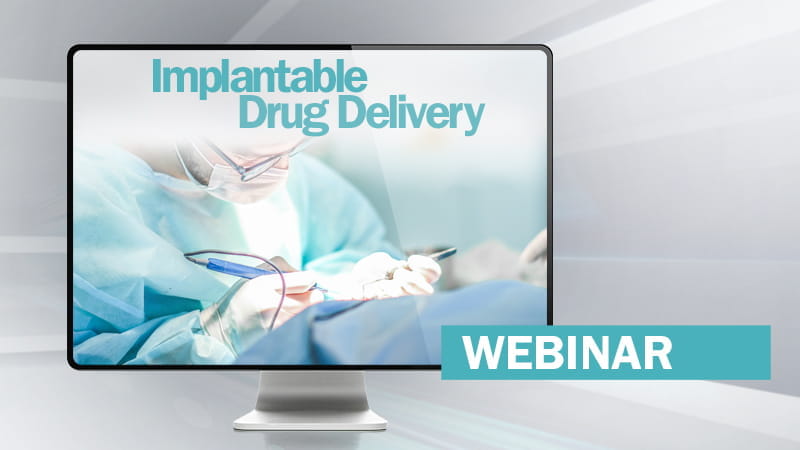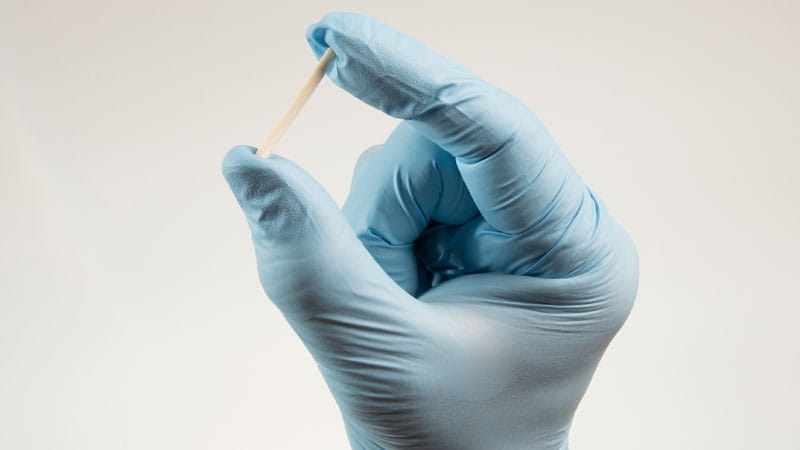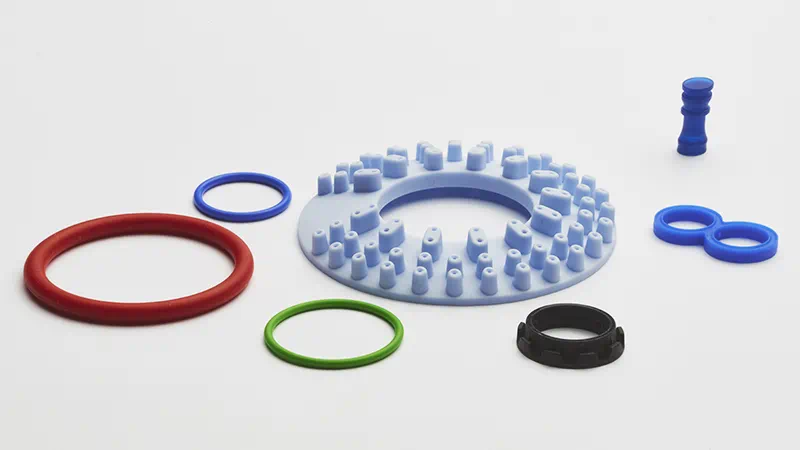Applications
Resources

Whitepaper

On-demand Webinar
This webinar gives an overview of implantable drug delivery systems. It explores use cases in the market today, market trends, manufacturing considerations and methods of formulation.

Podcast
With pharma’s focus on the extension of drug release windows, new technologies are needed to lengthen that duration. This podcast offers insights into how long acting implantables and polymeric drug delivery can address that need.
Webinar
A deep-dive into the manufacturing methods to formulate combination products and implantable drug delivery systems, including detail on patient impact, use cases, market outlook and case studies.

